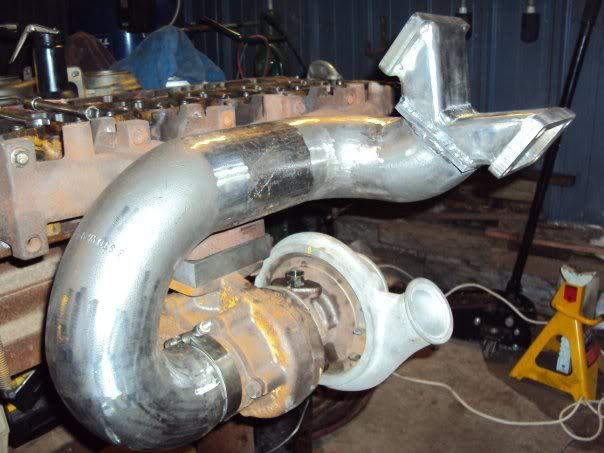roachie
Taco Master
- Joined
- Nov 2, 2007
- Messages
- 11,133
Lets discuss hot and cold pipe sizing and thickness.
Most kits I see use a 3.5" or bigger hot pipe. I have seen some use a 4". At what point does the 3.5" become restrictive?
Also seen some using 18ga/16ga and a lot of sch 40 pipe. I do realize the thicker pipe retains heat much better. I have also heard that thin pipe will help on the heat retention due to air being a natural insulator (I really don't want to get out the thermo books, don't quote me on that.). Also what effect would jet hot coating and wrapping the thin metal have on its fatigue life?
Getting on the cold side, 4" turbo inlet. What effects would a 4" cold pip have vs. a 3.5 or 3".
I know the smaller the better the spool, I wanna know the limits though.
Anyone know a pressure limit (boost) on 16ga exhaust pipe?
Most kits I see use a 3.5" or bigger hot pipe. I have seen some use a 4". At what point does the 3.5" become restrictive?
Also seen some using 18ga/16ga and a lot of sch 40 pipe. I do realize the thicker pipe retains heat much better. I have also heard that thin pipe will help on the heat retention due to air being a natural insulator (I really don't want to get out the thermo books, don't quote me on that.). Also what effect would jet hot coating and wrapping the thin metal have on its fatigue life?
Getting on the cold side, 4" turbo inlet. What effects would a 4" cold pip have vs. a 3.5 or 3".
I know the smaller the better the spool, I wanna know the limits though.
Anyone know a pressure limit (boost) on 16ga exhaust pipe?

